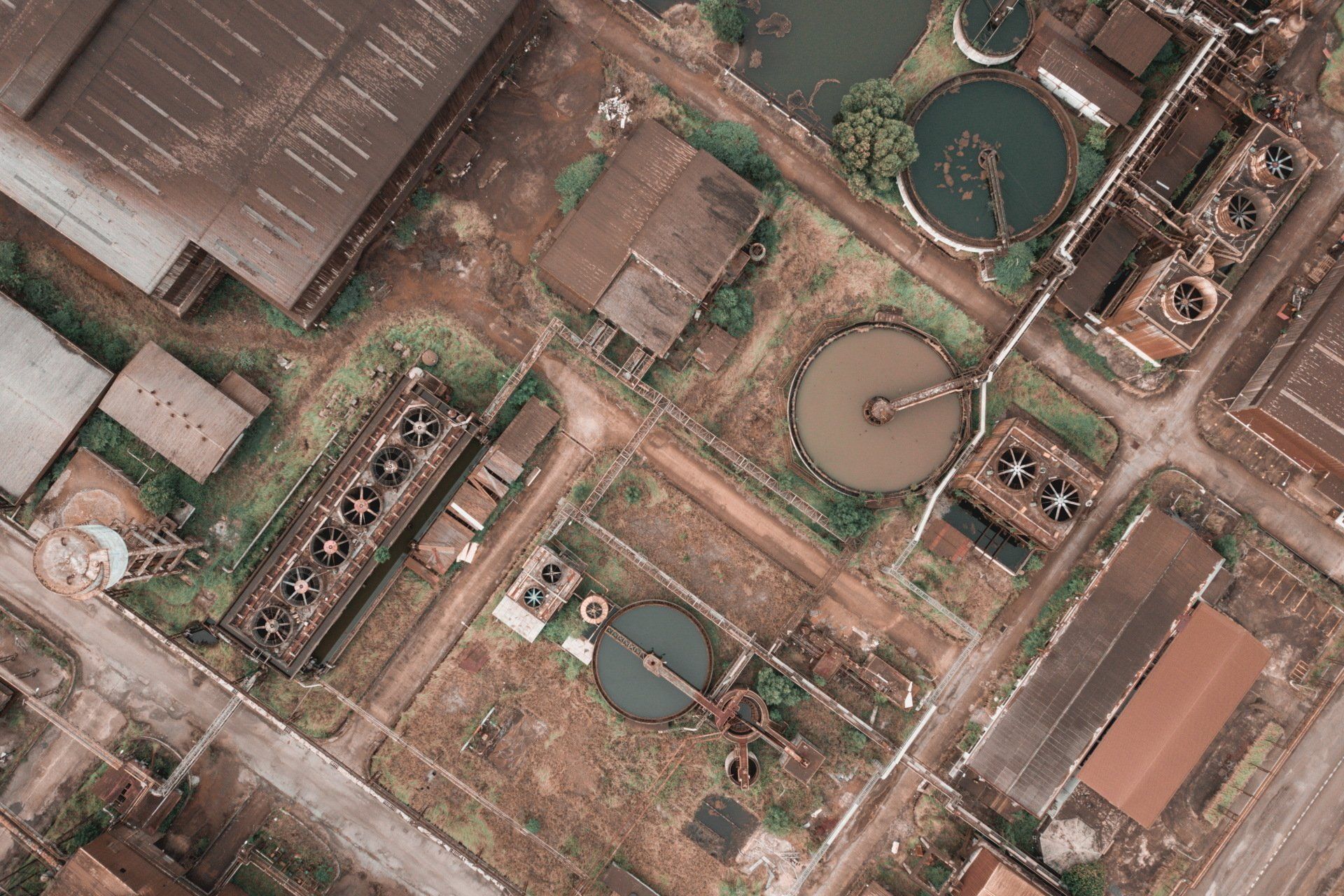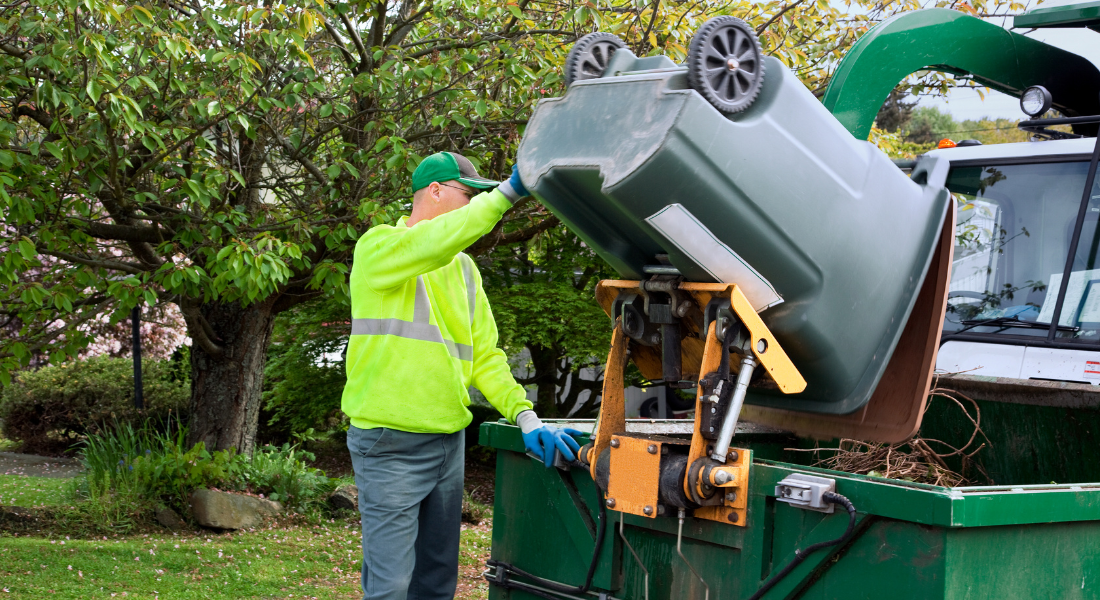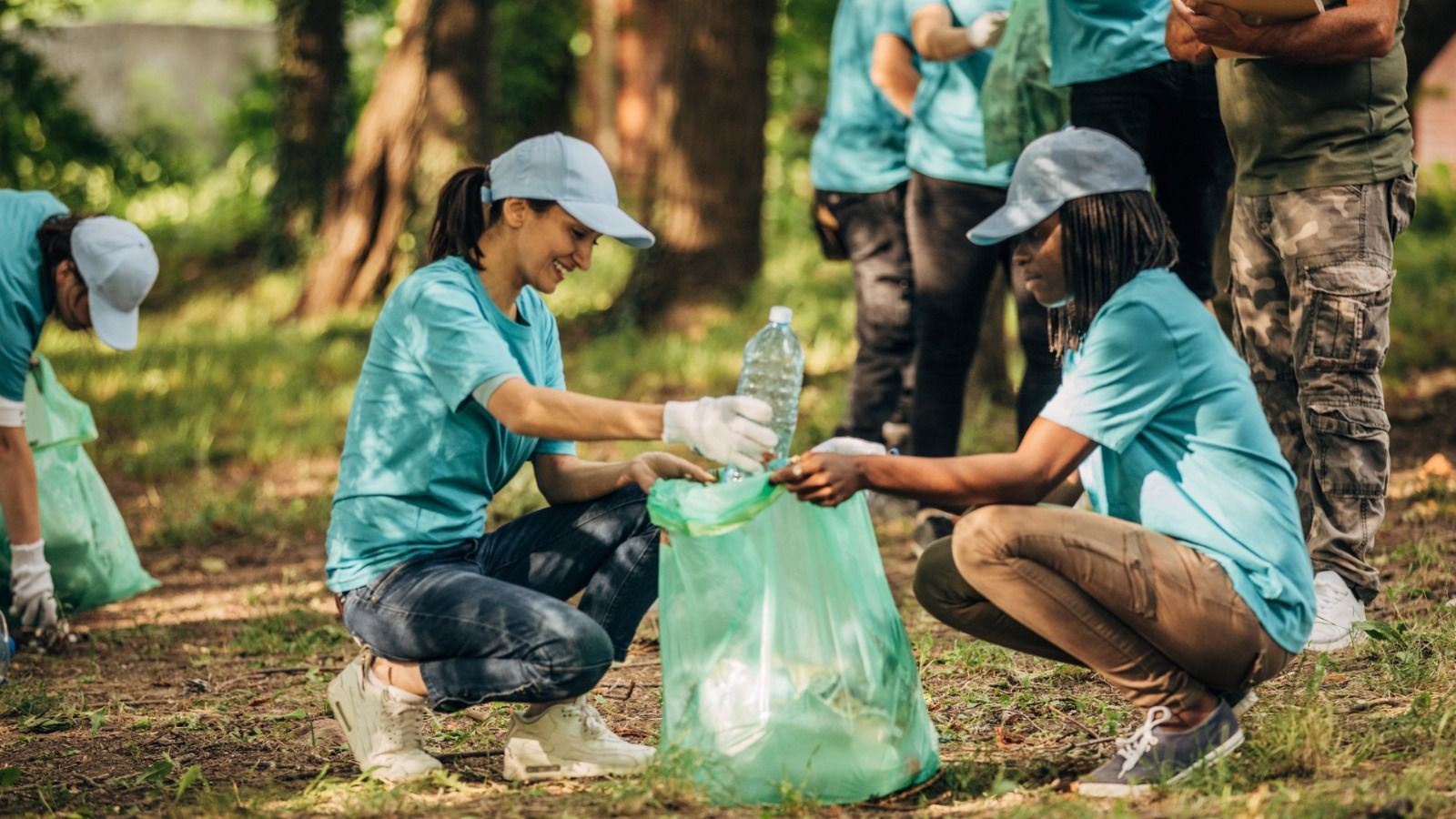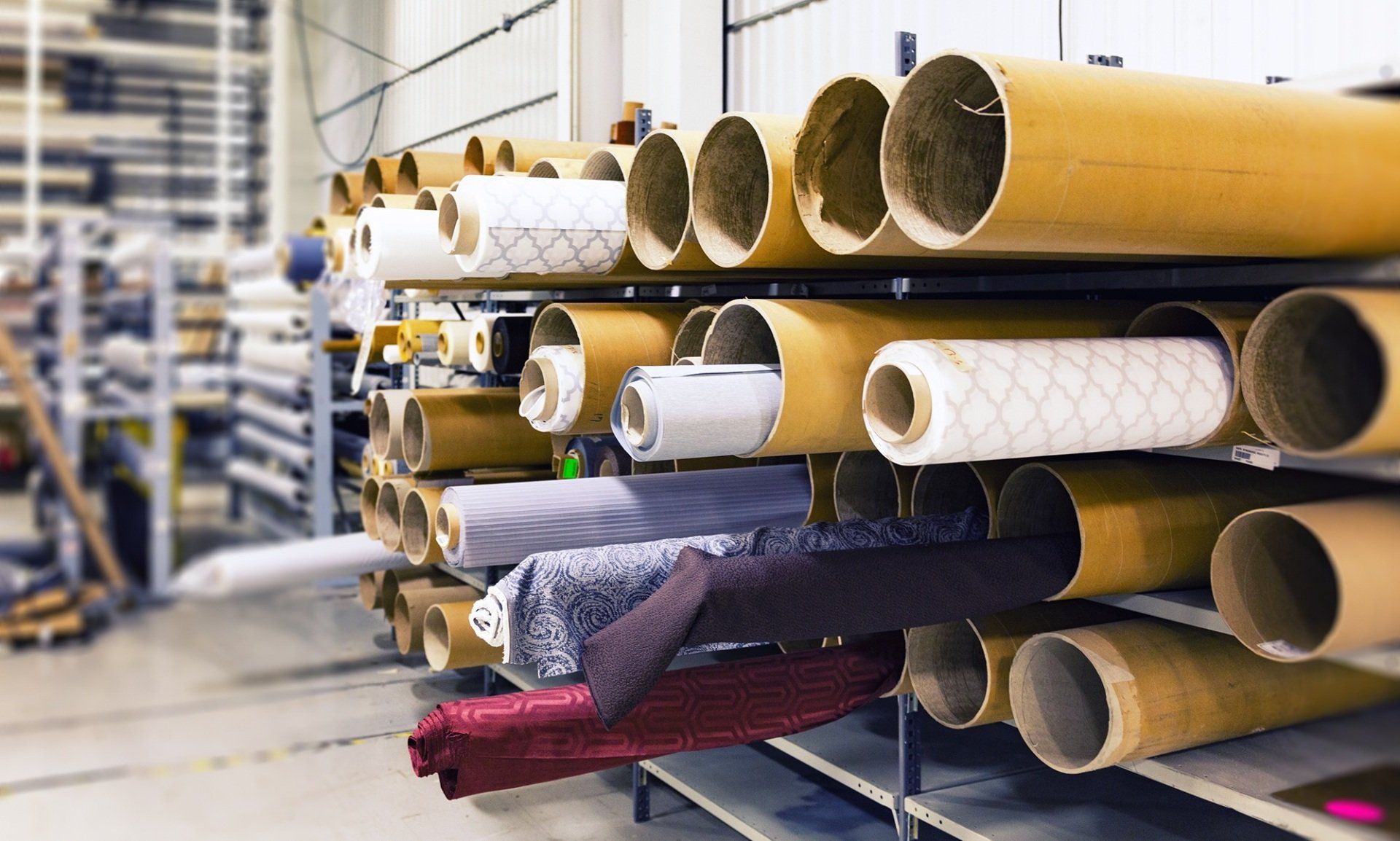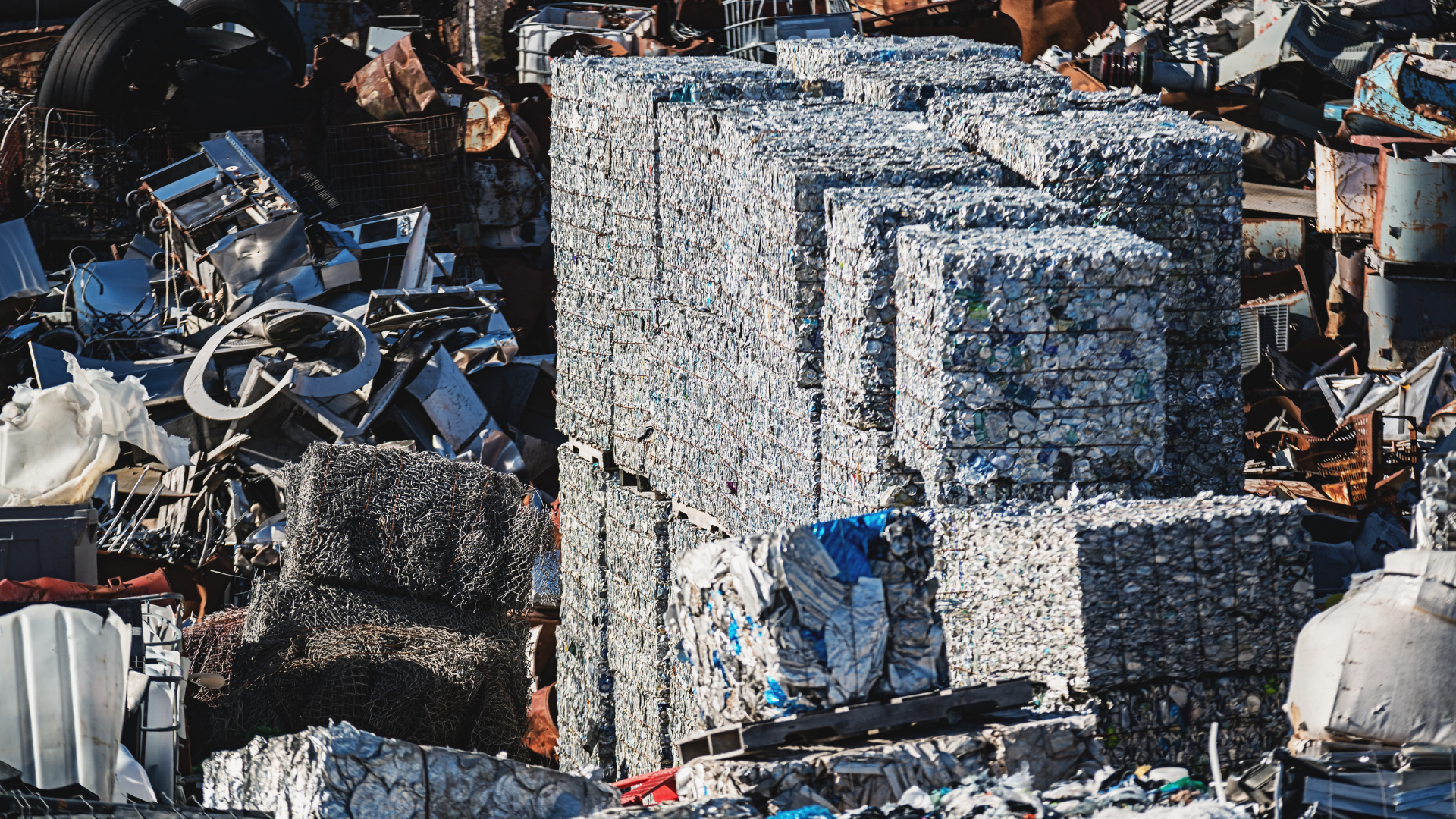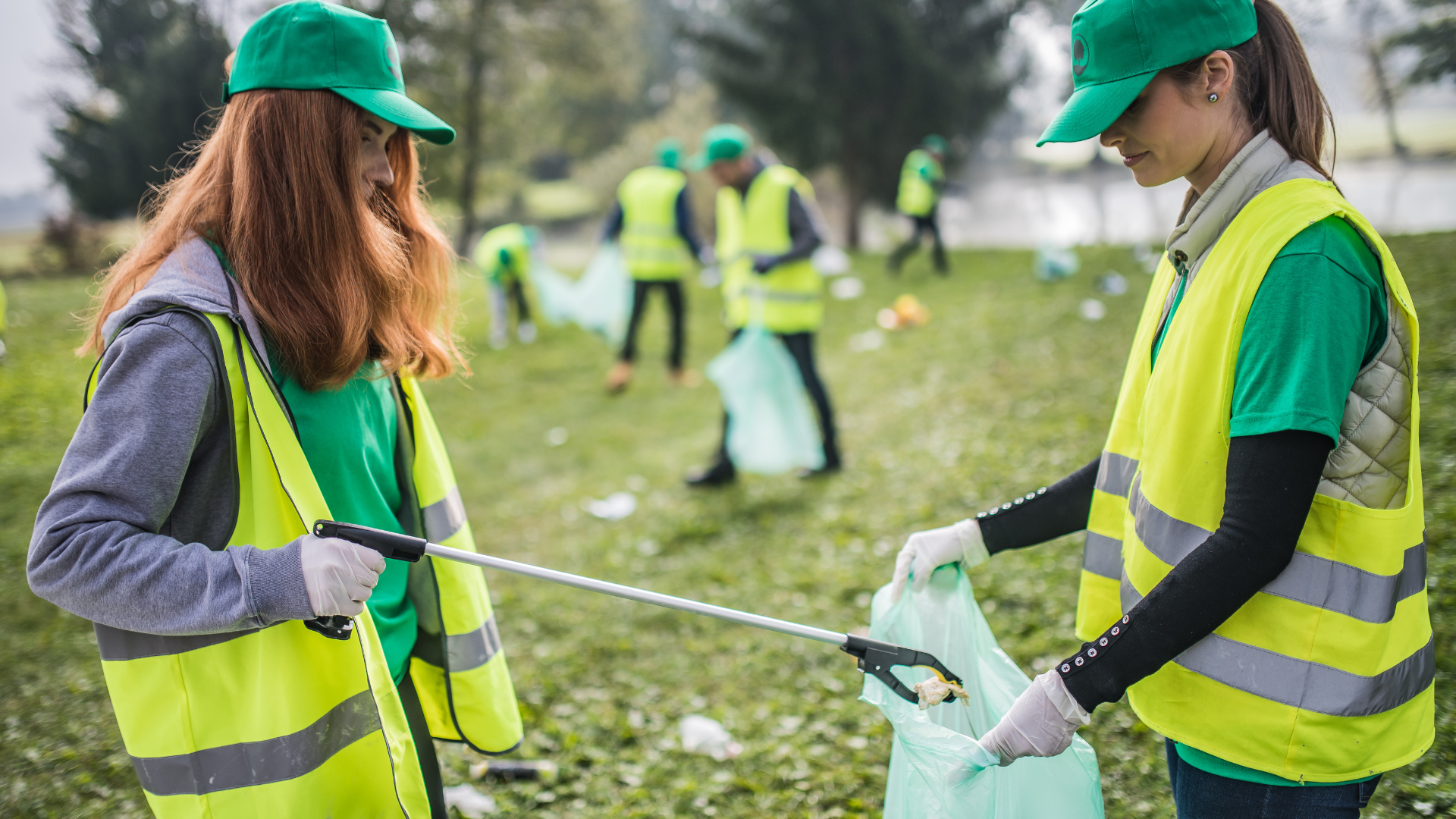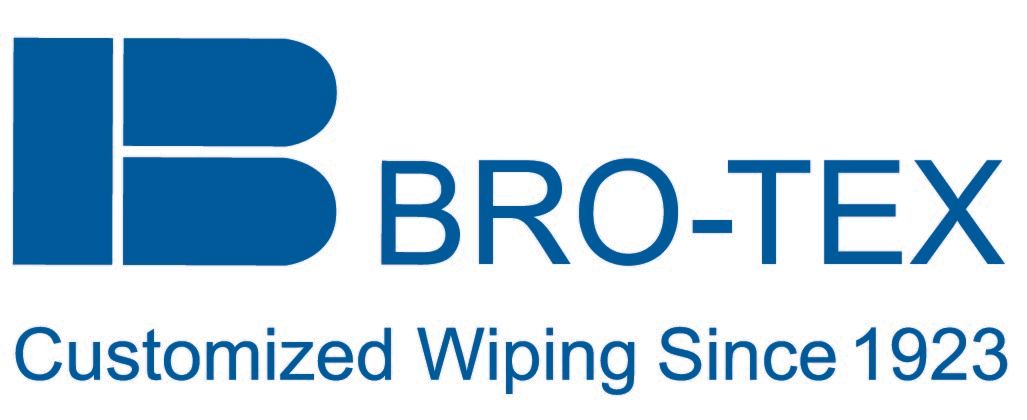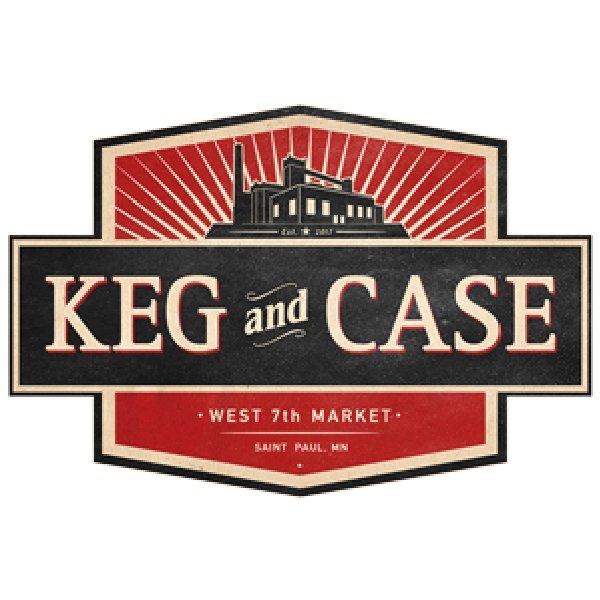Tertiary Recycling: The Future of Waste Management
FIND OUT HOW YOU CAN SAVE OVER 30% ON YOUR WASTE COST
WHILE IMPROVING THE SERVICE LEVEL
We Will Provide A Free Waste Savings Audit.
The term Tertiary Recycling is a fairly new term in the world of waste management. It refers to recycling certain materials that are difficult to recycle, such as plastics with low levels of recyclability and metals with high levels of recyclability. It can be used as a way to reduce the amount of waste that is ending up in landfills and is a way for local governments to save money on garbage disposal costs. A few examples of tertiary recycling include
- metals from abandoned appliances or construction equipment
- plastics from electronics or other non-recyclable plastic products
- paper from office furniture or other non-recyclable paper products
Tertiary recycling is an important part of sustainable waste management strategies because it can help communities save money on disposal costs. Plus, it provides a valuable outlet for recycling materials that would otherwise end up as either landfill waste or incinerator ash.
The Problem with Landfills
Landfills are a common form of waste disposal. A big problem with landfills is that they're not always lined properly and therefore can leak harmful chemicals into the soil and groundwater systems. This can contaminate drinking water supplies, causing health problems for humans and wildlife.
Another problem with landfills is that they release greenhouse gases like methane and carbon dioxide. Methane is 23 times more powerful than carbon dioxide as a greenhouse gas, so this creates a significant environmental impact.
So what's the solution? Tertiary recycling. It provides an important outlet for recycling materials that would otherwise end up as either landfill waste or incinerator ash.
A Pocket Friendly Solution
Tertiary recycling can help community organizations save money on waste management. This is because it’s easier and cheaper to recycle certain materials than it is to dispose of them in a landfill or burn them for energy. This can be useful for organizations who want to do their part for the environment but don’t have the budget for expensive recycling programs.
Some examples of tertiary recycling include plastics from electronics, metals from construction equipment, and paper from office furniture. These types of materials are difficult to recycle through traditional methods, so they need a different process
The Future of Waste Management
Tertiary recycling is an important part of sustainable waste management strategies because it can help communities save money on disposal costs. Plus, it provides a valuable outlet for recycling materials that would otherwise end up as either landfill waste or incinerator ash.
Some communities are considering this method because of their rising disposal fees and the need for more sustainable methods of waste management. The main question facing some communities is how to finance tertiary recycling programs. Some people believe that investment in tertiary recycling programs will pay off in the long run by reducing costs for disposal while also providing new jobs associated with these programs. Tertiary recycling has been implemented in various communities around the world, such as Cochrane, Canada and Wrocław, Poland, but still remains a relatively new term in the world of waste management.
How can you help?
Tertiary recycling is something that you can do for your community. You can help by donating new or used materials to a recycling center. Remember, old electronics and appliances may be difficult to recycle, but they contain valuable metals that can be recycled into new products.
For example, recycled lead from old paint cans can be used in the manufacturing of batteries. You can also take steps to reduce the amount of product packaging you use and make sure you only purchase items with minimal levels of recyclable packaging like glass and aluminum.
Conclusion
The problem with landfills is that they produce harmful and toxic gases, and they’re not environmentally sustainable. To put it simply: we need to cut down on the amount of waste we produce and we need to find sustainable ways to divert it from landfills. Tertiary recycling is a solution. By repurposing items and manufacturing new products, we help reduce the amount of waste we produce and create a more sustainable future for all of us.
What is tertiary recycling?
Tertiary recycling is the process of seeking out and repurposing items that could otherwise end up in a landfill or incineration, and turning them into something new and useful. It’s one way we fight against the never-ending cycle of production and consumption that’s leading us down a path to irreversible climate change.
What are the benefits of tertiary recycling?
The benefits of tertiary recycling are plentiful: it’s an environmentally-friendly solution to waste management; it reduces the amount of waste we produce; it creates jobs; and it saves energy by reducing the need for repeated production. But tertiary recycling also offers a chance to transform something that may have once been discarded as
Our Recent Articles
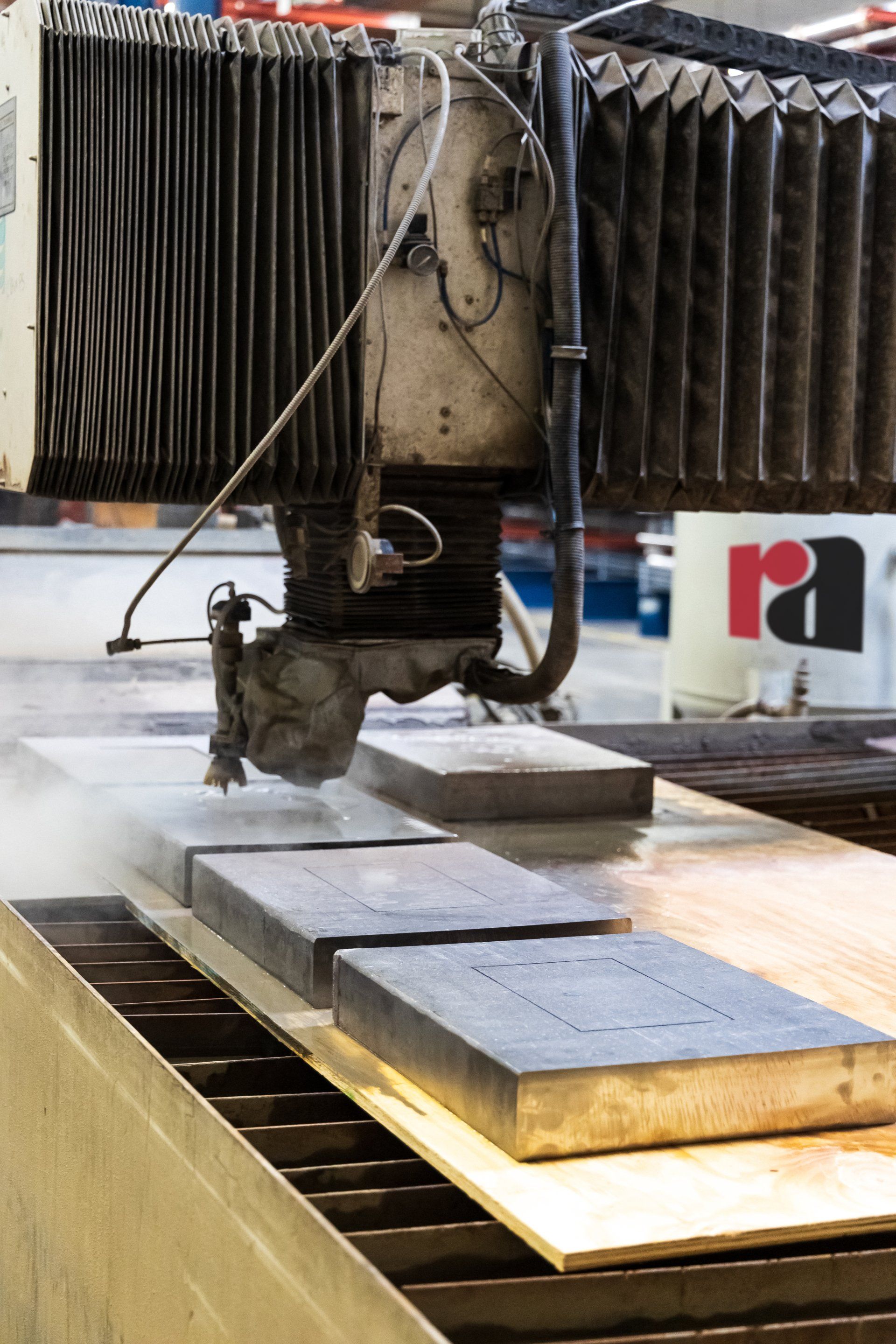
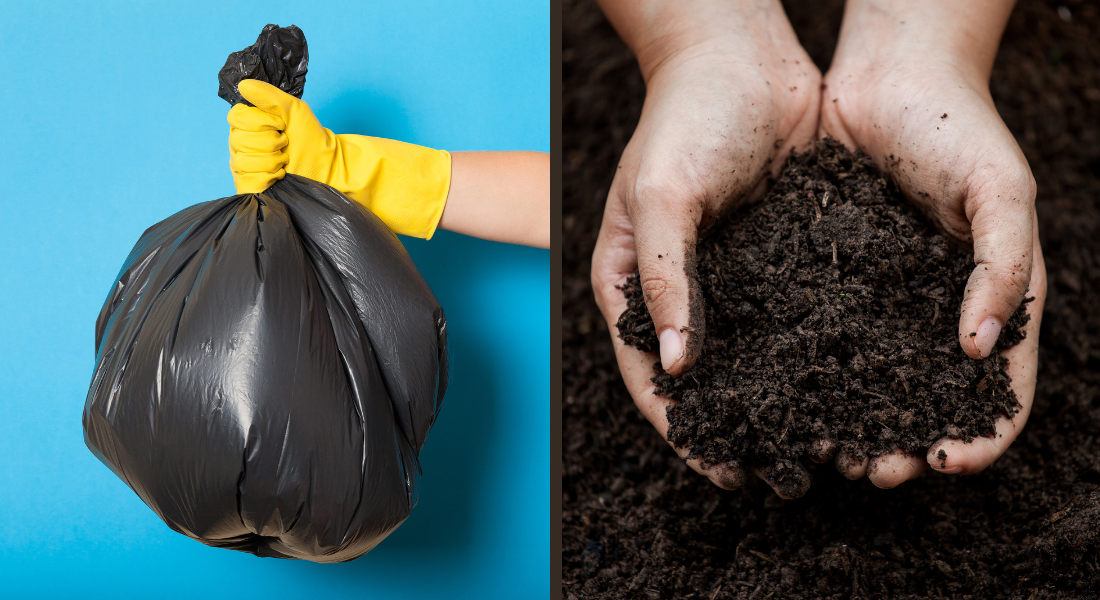
FIND OUT HOW YOU CAN SAVE OVER 30% ON YOUR WASTE COST
WHILE IMPROVING THE SERVICE LEVEL
We Will Provide A Free Waste Savings Audit.


